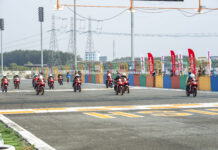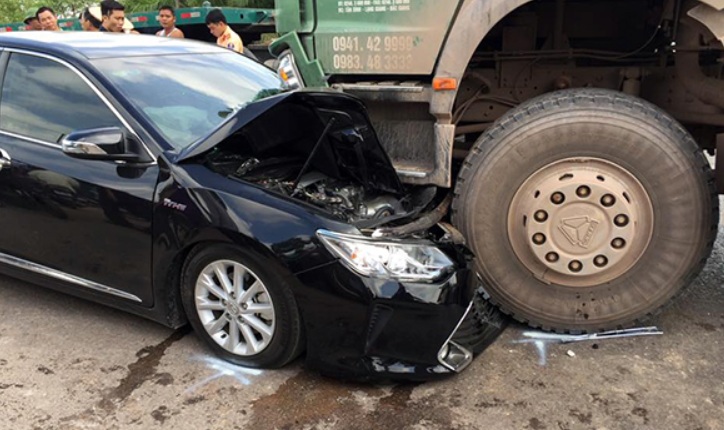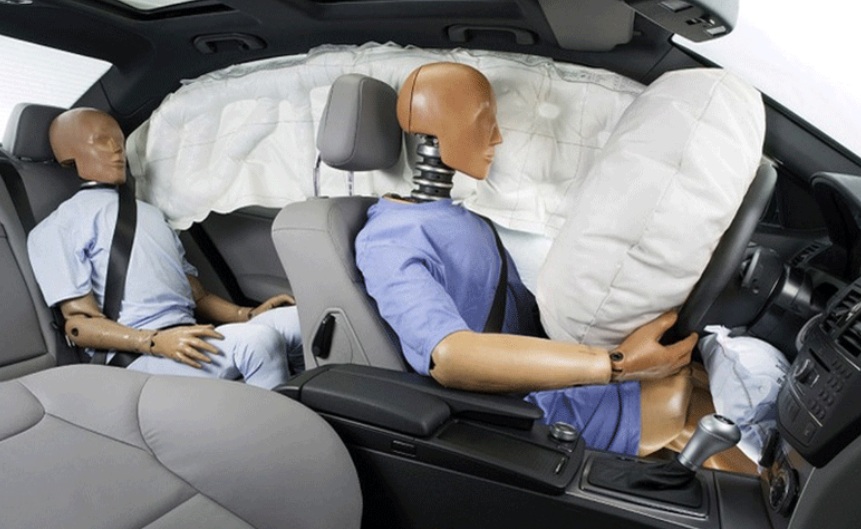In many accidents, especially when a car is rear-ended by a truck, there are cases where the airbags don’t deploy, leading to questions about the effectiveness of this safety system.
However, according to experts, airbags not deploying is not necessarily a technical fault but depends on various factors related to their design and activation mechanism.
Airbags are designed to protect vehicle occupants from serious injuries by creating a cushioning effect that absorbs the impact force on the head and chest. When used in conjunction with seat belts, the protection is significantly enhanced.
According to statistics from the National Highway Traffic Safety Administration (NHTSA), using airbags and seat belts simultaneously reduces the risk of fatality in head-on collisions by up to 61%. This figure drops to 50% with seat belts alone and 34% with airbags alone.
Nonetheless, airbags are not programmed to deploy in all collision scenarios. Their deployment depends on factors such as collision intensity, impact angle, sensor placement, vehicle structure, and the type of airbag installed.
One of the reasons airbags may not deploy when a car is rear-ended by a truck is that the impact location is not within the sensor-equipped area. Specifically, Column A (where the windshield meets the body of the car) is typically not equipped with impact sensors. When a vehicle sustains a severe impact at this point, such as when it’s rear-ended by a truck, the system may not register the conditions necessary to activate the airbags.
Additionally, if the impact angle is from above or diagonally, the force transmitted to the sensors may not be sufficient to meet the activation threshold, resulting in non-deployment of the airbags.
Typically, front airbags, installed in the steering wheel and dashboard, only deploy during head-on collisions with substantial force. Side curtain airbags will activate during side impacts or vehicle rollovers. Meanwhile, minor collisions, oblique impacts, or frontal collisions that are too low (such as when a car is rear-ended by a truck) may fall below the activation threshold.
Moreover, airbags deploying at the wrong time can cause severe injuries, especially if the occupant’s head or chest is too close to the airbag during deployment. Therefore, the system must always accurately assess the collision intensity and angle before deciding whether to deploy the airbags or not.
According to safety regulations in many countries, information about the airbag system, including scenarios where the airbags will or will not function, is clearly outlined in the vehicle’s user manual. In case this document is misplaced, owners can refer to the manufacturer’s official website or contact authorized dealerships to obtain a replacement copy.
Understanding the functioning principles of airbags, along with proper seat belt usage, remains pivotal in mitigating risks during collisions.
TH (Tuoitrethudo)
Illustrative image










































